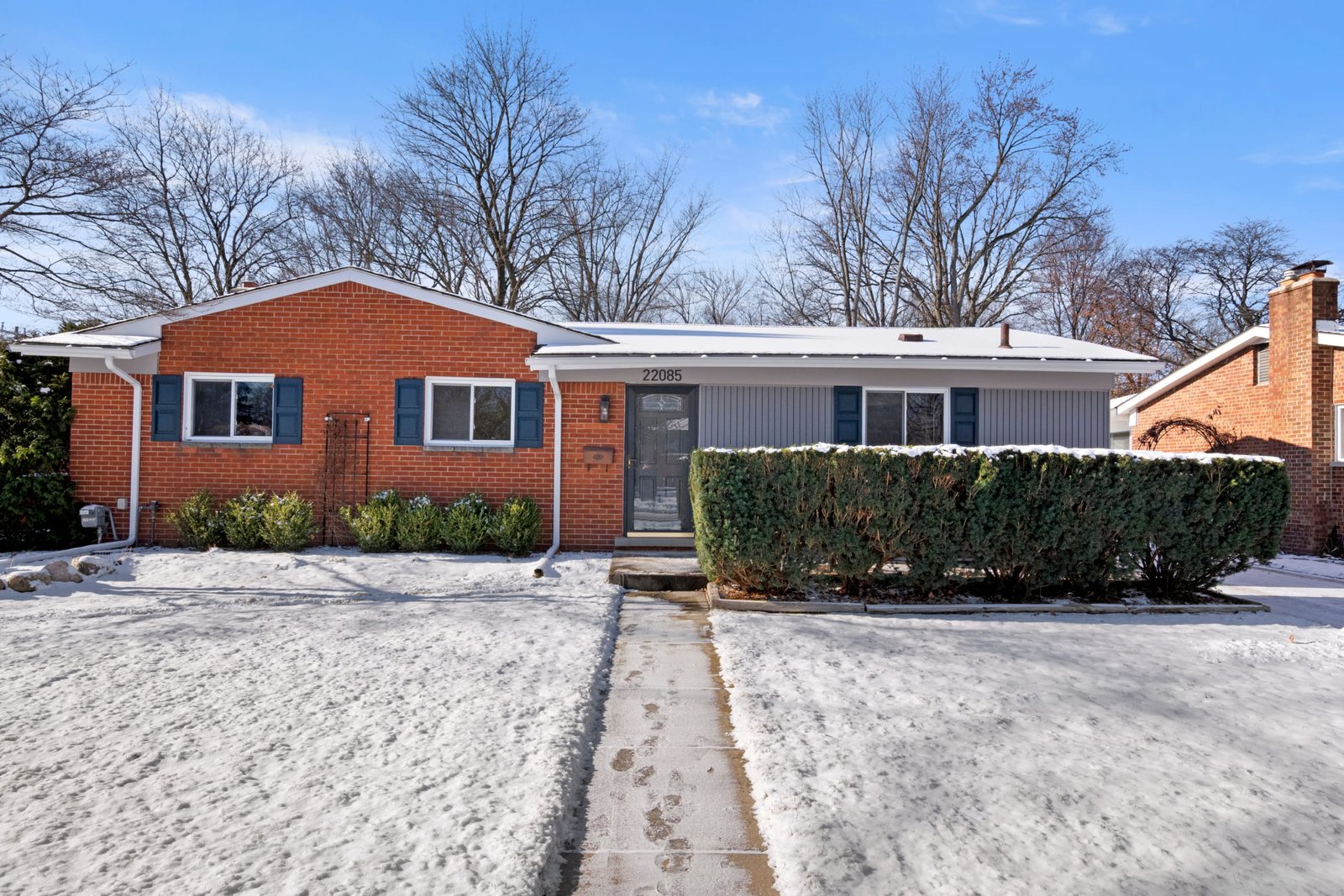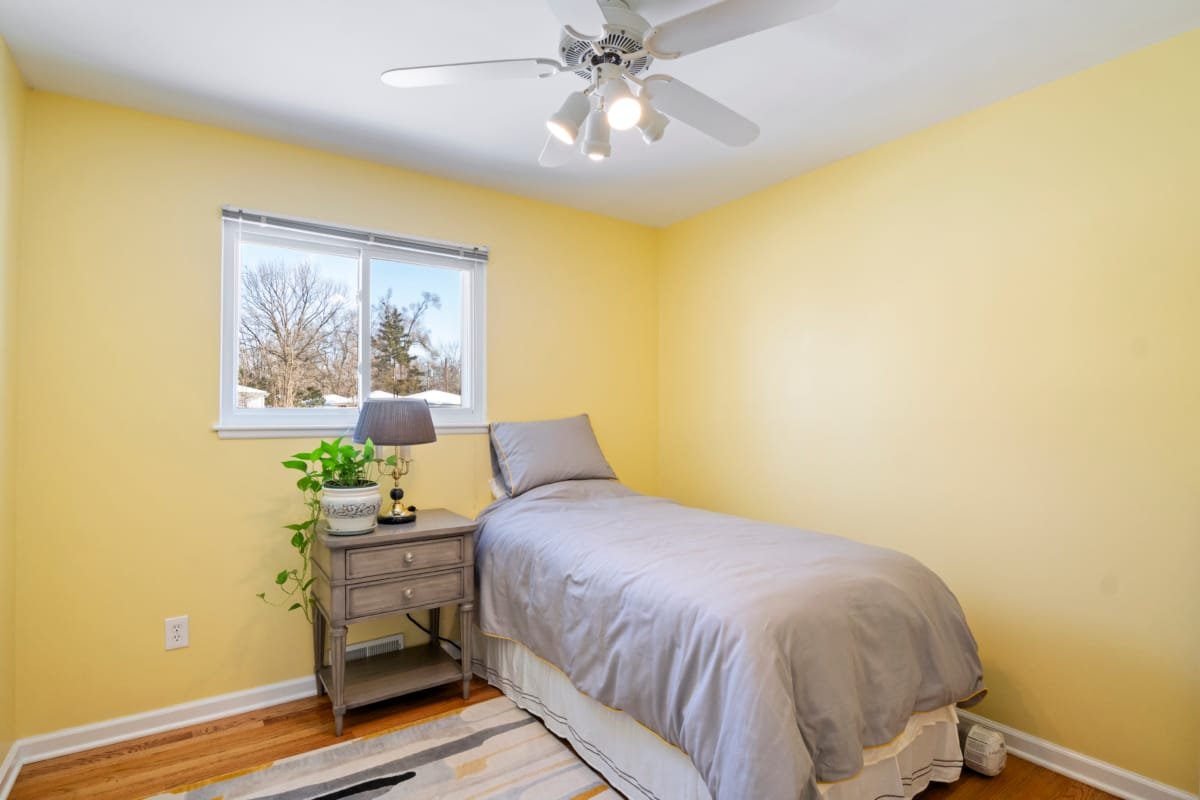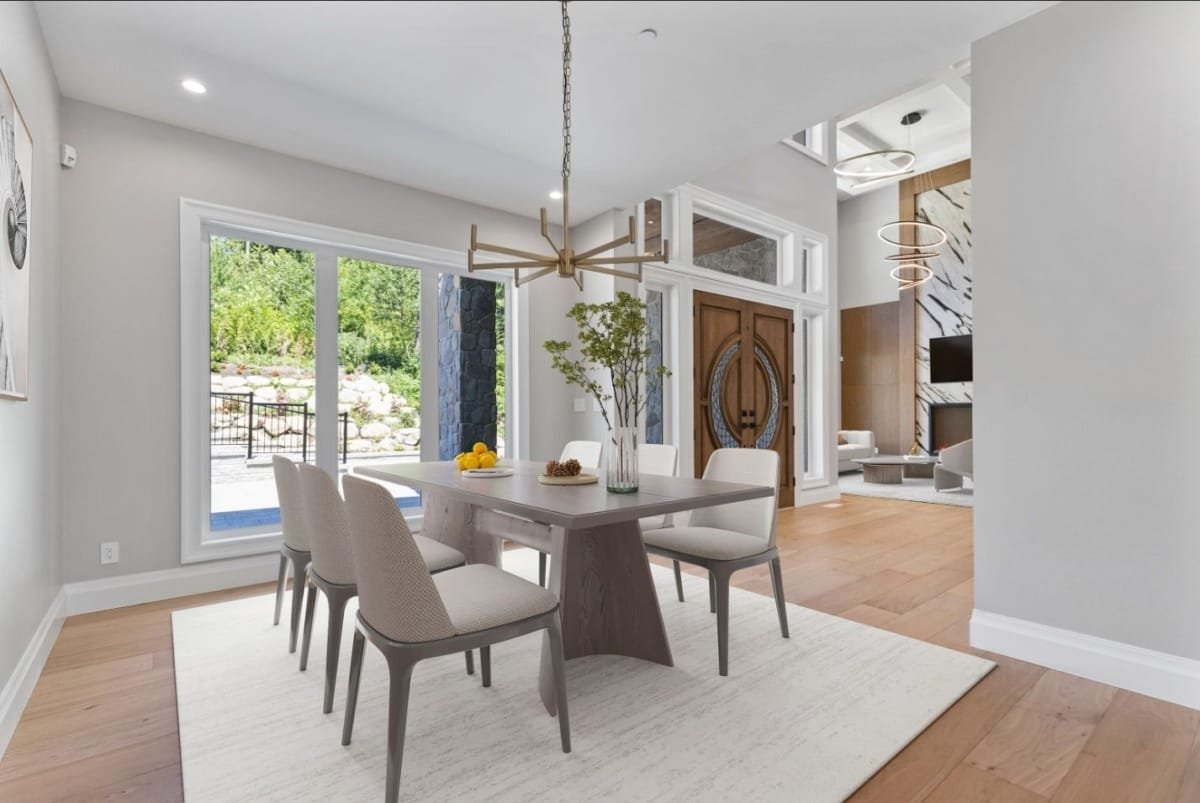
Real Estate Photo Editing: Simple Ways to Help Clients Visualize Their Dream Home
Real estate photo editing is the process of enhancing and manipulating real estate photographs to make them more visually appealing, informative, and effective in showcasing a property to potential buyers. This involves a range of techniques, from adjusting lighting and color to removing distractions and even adding virtual staging elements. By leveraging the power of photo editing, real estate professionals can help their clients better visualize the potential of a property, ultimately leading to more successful sales.
The Importance of High-Quality Real Estate Photography

Real Estate Photo Editing
Real estate photography plays a crucial role in the marketing and selling of properties. Potential buyers often form their first impressions of a property based on the images they see online or in promotional materials. High-quality, well-composed, and visually appealing photographs can make a significant difference in capturing the interest of prospective buyers and encouraging them to schedule a showing.
Capturing the Essence of a Property
Skilled real estate photographers understand how to use various techniques, such as camera angles, lighting, and composition, to highlight a property’s best features and create a sense of space, ambiance, and style. They can showcase the property’s unique character, architectural details, and overall aesthetic, allowing potential buyers to imagine themselves living in the space.
Overcoming Challenges in Real Estate Photography
Real estate photography can present several challenges, such as dealing with uneven lighting, capturing small or cluttered spaces, and ensuring that the photographs accurately represent the property’s condition. This is where real estate photo editing comes into play, enabling professionals to address these issues and enhance the visual appeal of the images.
Fostering Emotional Connections
By leveraging the power of high-quality real estate photography and strategic photo editing, real estate professionals can help potential buyers form emotional connections with a property. Well-crafted images can evoke a sense of warmth, comfort, and lifestyle that resonates with the buyer’s aspirations, making them more likely to envision themselves living in the space.
Mastering the Art of Real Estate Photo Editing
Real estate photo editing is a crucial skill for real estate professionals, as it allows them to transform ordinary photographs into visually captivating and informative representations of a property. By leveraging various editing techniques, real estate agents and photographers can showcase a property’s best features, address any imperfections, and create a cohesive visual narrative that resonates with potential buyers.
Understanding the Fundamentals of Photo Editing
To effectively edit real estate photographs, it is essential to have a solid understanding of the fundamentals of photo editing software, such as Adobe Photoshop or Lightroom. This includes knowledge of tools, layers, adjustment options, and post-processing techniques that can be used to enhance the visual quality of the images.
- Familiarizing with Photo Editing Software: Explore the various features and capabilities of your chosen photo editing software, such as the ability to adjust exposure, color balance, and contrast, as well as the use of layers, masking, and retouching tools.
- Developing an Eye for Editing: Cultivate an eye for identifying areas of a photograph that can be improved through editing. This involves analyzing the image to pinpoint elements that may be distracting, out of focus, or in need of enhancement.
- Understanding Editing Workflows: Establish a consistent, efficient workflow for your real estate photo editing process. This can involve creating custom presets, developing a systematic approach to tasks like cropping, color correction, and virtual staging, and automating repetitive tasks when possible.
Enhancing Lighting and Color
One of the most important aspects of real estate photo editing is the ability to enhance the lighting and color of a photograph. Proper lighting and color balance can make a significant difference in the overall appeal and accuracy of a property’s representation.
- Adjusting Exposure and Contrast: Utilize editing tools to adjust the exposure and contrast of the image, ensuring that the property’s key features are well-lit and that the overall brightness and contrast are balanced.
- Correcting Color Tones: Address any color casts or imbalances in the image, making sure that the colors accurately represent the true appearance of the property. This can involve adjustments to white balance, saturation, and hue.
- Enhancing Natural Lighting: If the original photograph was taken in less-than-ideal lighting conditions, use editing techniques to enhance the natural lighting, creating a more inviting and realistic representation of the property.
Removing Distractions and Clutter
Real estate photographs should be free from distractions and clutter, as these elements can detract from the viewer’s ability to focus on the property’s key features. Effective photo editing can help remove or minimize these distractions, creating a clean and visually appealing image.
- Removing Unwanted Objects: Use editing tools to remove any unwanted objects, such as trash, debris, or personal items, that may be present in the original photograph.
- Addressing Architectural Flaws: Identify and address any architectural flaws or imperfections in the property, such as crooked walls, uneven floors, or damaged fixtures, using editing techniques to create a seamless and visually cohesive image.
- Decluttering Spaces: If a room or outdoor space appears cluttered or disorganized, use editing tools to remove or rearrange elements, creating a clean and inviting visual representation.
Leveraging Virtual Staging for Enhanced Visualization

Real Estate Photo Editing
One of the most powerful applications of real estate photo editing is the use of virtual staging, which involves the digital addition of furniture, decor, and other design elements to an empty or sparsely furnished property. This technique can help potential buyers better visualize the property’s potential and how it could be transformed into their dream home.
Introducing the Concept of Virtual Staging
Virtual staging is a cost-effective and efficient alternative to traditional physical staging, which can be time-consuming and expensive. By utilizing photo editing software, real estate professionals can digitally furnish and style a property, creating a visually compelling representation that can spark the imagination of potential buyers.
Selecting Appropriate Furnishings and Decor
When virtually staging a property, it is crucial to choose furnishings, decor, and design elements that align with the property’s architectural style, target buyer demographic, and broader market trends. This can involve research into popular design styles, color palettes, and buyer preferences to ensure that the virtual staging creates a cohesive and appealing visual narrative.
- Considering the Property’s Architectural Style: Match the virtual furnishings and decor to the property’s architectural style, whether it’s a modern, traditional, or transitional design.
- Catering to the Target Buyer Demographic: Tailor the virtual staging to the preferences and lifestyle of the target buyer demographic, considering factors such as age, family size, and personal style.
- Staying Up-to-Date with Design Trends: Keep abreast of the latest design trends and incorporate elements that will resonate with potential buyers and create a visually appealing, on-trend representation of the property.
Integrating Virtual Staging Seamlessly
When incorporating virtual staging into real estate photographs, it is essential to ensure that the added elements blend seamlessly with the existing space. This involves careful attention to lighting, shadows, and perspective to create a cohesive and realistic visual representation.
- Matching Lighting and Shadows: Adjust the lighting and shadows of the virtually staged elements to ensure they integrate seamlessly with the original photograph, creating a natural and believable appearance.
- Maintaining Perspective and Scale: Carefully position and size the virtually staged furnishings and decor to maintain the proper perspective and scale within the space, avoiding any visual discrepancies or distractions.
- Achieving a Cohesive Aesthetic: Ensure that the overall aesthetic of the virtually staged property, including the color schemes, design styles, and visual flow, creates a harmonious and engaging representation of the space.
Optimizing Real Estate Photos for Digital Platforms
In the digital age, the majority of real estate marketing and buyer engagement takes place online. As such, it is crucial for real estate professionals to optimize their real estate photographs for optimal performance across various digital platforms, ensuring that potential buyers can clearly visualize the property and be inspired to schedule a viewing.
Optimizing for Web and Mobile Viewing
With the increasing dominance of mobile devices in real estate searches, it is essential to ensure that the edited real estate photographs are optimized for seamless viewing on both desktop and mobile platforms. This involves considerations such as image file size, resolution, and aspect ratio.
- Balancing Image Quality and File Size: Carefully balance the image quality and file size to ensure fast loading times and a smooth viewing experience, particularly on mobile devices with limited bandwidth.
- Adhering to Platform-Specific Aspect Ratios: Adjust the aspect ratio of the photographs to match the preferred dimensions of the various digital platforms, such as social media, real estate listing sites, and agency websites.
- Ensuring Consistent Branding and Presentation: Maintain a consistent visual branding and presentation across all real estate photographs, creating a cohesive and recognizable look that resonates with potential buyers.
Leveraging Digital Marketing Strategies
In addition to optimizing the photographs for digital viewing, real estate professionals can further enhance the impact of their real estate photo editing by incorporating strategic digital marketing techniques. This can involve the use of virtual tours, interactive floor plans, and social media platforms to showcase the property’s features and generate interest among potential buyers.
- Incorporating Virtual Tours: Combine high-quality real estate photographs with virtual tour technology to provide potential buyers with a more immersive and engaging experience of the property.
- Integrating Interactive Floor Plans: Enhance the digital presentation of the property by incorporating interactive floor plans that allow buyers to explore the layout and visualize the space in greater detail.
- Leveraging Social Media Platforms: Utilize social media platforms, such as Instagram, Facebook, and Pinterest, to showcase the edited real estate photographs and reach a wider audience of potential buyers.
Analyzing and Improving Performance
Continuous analysis and improvement of the real estate photo editing process is crucial for ensuring the ongoing effectiveness of the visual representation of a property. By tracking key metrics, such as engagement, click-through rates, and conversion rates, real estate professionals can identify areas for improvement and refine their strategies to better meet the needs of their clients and potential buyers.
- Monitoring Engagement Metrics: Closely monitor metrics such as views, likes, shares, and comments on the real estate photographs to gauge the level of interest and engagement from potential buyers.
- Analyzing Conversion Rates: Track the conversion rates of potential buyers who view the real estate photographs and subsequently schedule a property showing or make an offer, to understand the impact of the edited images on the sales process.
- Implementing Feedback and Adjustments: Gather feedback from clients and potential buyers to identify areas for improvement in the real estate photo editing process, and make the necessary adjustments to enhance the visual representation of the property.
Conclusion
Real estate photo editing is a powerful tool that can help real estate professionals showcase their properties in the most visually appealing and impactful way. By mastering the art of photo editing, real estate agents and photographers can overcome challenges, enhance the property’s features, and help potential buyers better visualize themselves living in the space. From adjusting lighting and color to leveraging virtual staging and optimizing for digital platforms, the strategic application of real estate photo editing can be a game-changer in the competitive real estate market.
As the digital landscape continues to evolve, the importance of high-quality real estate photography and effective photo editing will only grow. By staying up-to-date with the latest trends, techniques, and digital marketing strategies, real estate professionals can position themselves as leaders in the industry, offering their clients a seamless and visually captivating representation of their properties. By embracing the power of real estate photo editing, real estate professionals can help their clients achieve their dreams of finding the perfect home.
Contact me for the best real estate photo editing service.






